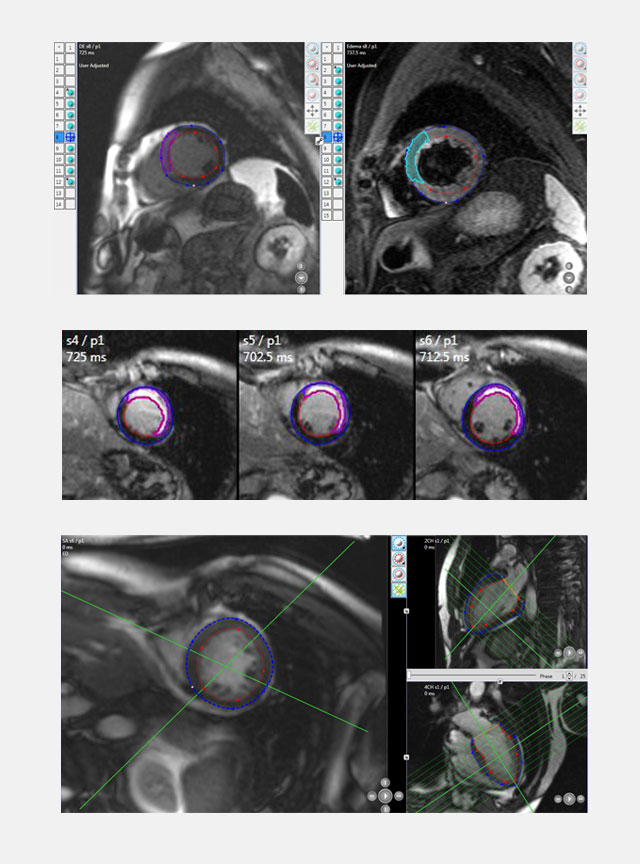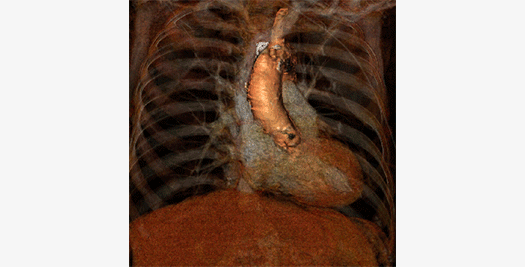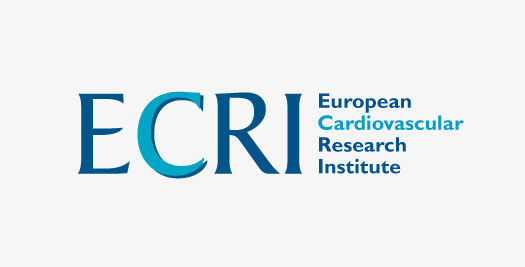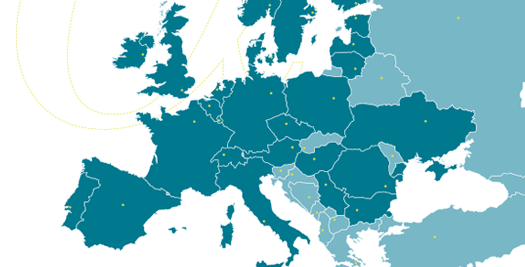Magnetic Resonance Imaging
(Track record and methodological references: Core Lab Publications)
MRI Left Ventricular Analysis
Cardiac Magnetic Resonance Imaging (MRI) has become a comprehensive technology to analyze the relationships between left ventricular (LV) function, the area-at-risk and the final infarct size in the setting of acute myocardial infarction and heart failure therapies.
MRI has proven to be the most reproducible imaging modality to quantify LV function and region systolic wall thickening. Quantitative analysis is performed using semi-automatic software. Endocardial and epicardial contours are traced for the calculation of regional wall thickening using a 17-segment model that is compliant with the latest AHA guidelines.

With Delayed Enhanced Magnetic Resonance Imaging (DE-MRI), an image of the myocardium can be segmented to differentiate between viable and infarcted areas of muscle tissue. The non-viable area enhances intensely while the normal myocardium maintains low signal intensity. DE-MRI is mainly applied to investigate proportional increase of viable tissue in treated acute myocardial infarction.
Our services include expert advice in protocol design and MRI endpoints, acquisition guidelines, protocol training and certification of MRI acquisition sites, MRI data handling, and independent qualitative and quantitative MRI readings.




